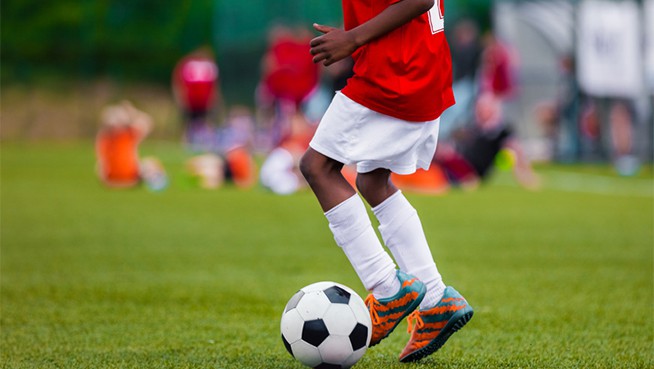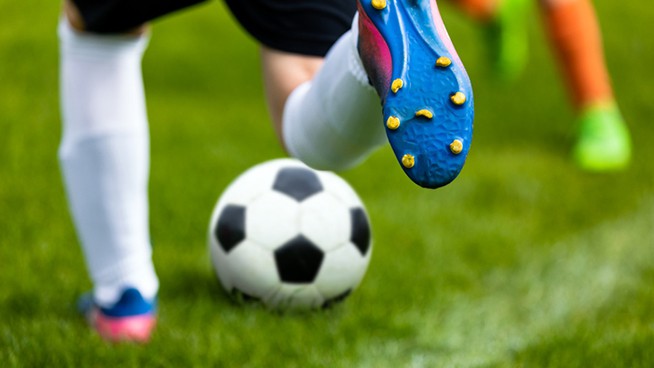Build Punching Power From the Ground Up
To understand how to build a strong punch, you need to know where the power originates. Because a punch’s violent impact comes from the upper body—at least on the surface—many athletes make the mistake of attempting to increase their power only by training their shoulders, chest, arms and abs. The fact is, however, that the power of a punch starts with the legs, making lower-body conditioning the best way to begin your training.
For striking athletes (boxing, Muay Thai, MMA, etc.), it is critical to include multi-joint movements and exercises that mimic a transfer of force similar to punching. Programs that include Squats, Deadlift Squats, Stiff-Leg Deadlifts and Lunges will not only help power your punch, but also provide a balanced physique. Stability is important because it reduces injury risk.
Dynamic movements like Tuck Jumps, Box Jumps and Knee Jumps are also useful for a punching power program. Knee Jumps develop quickness in the hips and legs. To perform them, start with both knees on the ground; then, using no hands and minimal body sway, jump to your feet. Variations include performing a Tuck Jump after a Knee Jump, jumping out for distance after a Knee Jump, and starting with one knee down.
Sample Knee Jump Workout
Each movement is repeated with one knee down for both the right and left legs.
- Jumping to feet — 3×10
- Jumping to feet, then into a Tuck Jump — 3×10
- Jumping to feet, then out for distance — 3×10
Start building your punching power now by improving the strength of your legs. You will be rewarded with greater power in your striking. Remember, the stronger your base, the stronger your delivery. Follow this advice, and you’ll find yourself having to apologize to your opponents in advance.
RECOMMENDED FOR YOU
Build Punching Power From the Ground Up
To understand how to build a strong punch, you need to know where the power originates. Because a punch’s violent impact comes from the upper body—at least on the surface—many athletes make the mistake of attempting to increase their power only by training their shoulders, chest, arms and abs. The fact is, however, that the power of a punch starts with the legs, making lower-body conditioning the best way to begin your training.
For striking athletes (boxing, Muay Thai, MMA, etc.), it is critical to include multi-joint movements and exercises that mimic a transfer of force similar to punching. Programs that include Squats, Deadlift Squats, Stiff-Leg Deadlifts and Lunges will not only help power your punch, but also provide a balanced physique. Stability is important because it reduces injury risk.
Dynamic movements like Tuck Jumps, Box Jumps and Knee Jumps are also useful for a punching power program. Knee Jumps develop quickness in the hips and legs. To perform them, start with both knees on the ground; then, using no hands and minimal body sway, jump to your feet. Variations include performing a Tuck Jump after a Knee Jump, jumping out for distance after a Knee Jump, and starting with one knee down.
Sample Knee Jump Workout
Each movement is repeated with one knee down for both the right and left legs.
- Jumping to feet — 3×10
- Jumping to feet, then into a Tuck Jump — 3×10
- Jumping to feet, then out for distance — 3×10
Start building your punching power now by improving the strength of your legs. You will be rewarded with greater power in your striking. Remember, the stronger your base, the stronger your delivery. Follow this advice, and you’ll find yourself having to apologize to your opponents in advance.











